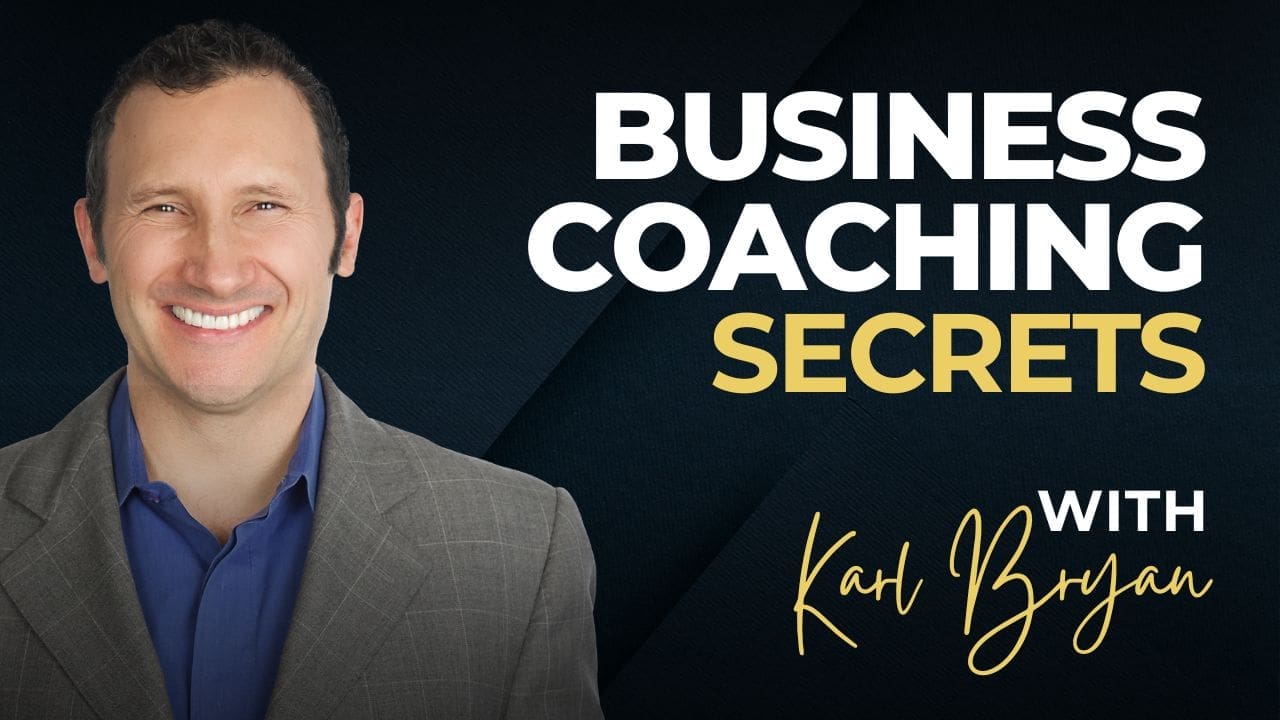Raising Prices with Added Value: The Business Coach’s Secret Weapon
Price Isn’t the Problem; It’s the Perception
Let’s get real for a minute, most business owners hit the panic button when anyone suggests raising prices. You hear it every day: “If I raise my prices, I’ll lose all my customers!” That line is recited more than “I’m working on my marketing.” The real issue here isn’t price, but perception.
And if you’re a business coach or consultant still tiptoeing around this, you’re missing the low-hanging fruit profits just sitting there waiting to be picked. But don’t worry. Today, we’re diving deep into how to strategically raise prices through added value, powerful contrast, and a bit of innovative thinking so your clients scale up their businesses without losing their sanity.
Value is Subjective: Shape the Story
Most small business owners act like they’re running a lemonade stand in a thunderstorm, dropping prices at every hint of competition. They end up in a race to the bottom, slashing margins, and then wonder why their business feels like a hamster wheel.
Let’s be absolutely clear: Perception of value can be engineered.
Examples straight from experience:
- Wine tastes better in a heavy bottle.
You know it, I know it, so do the finest restaurants. The same cheap wine gets remarkable when it comes out of a weighted, elegant bottle. - A glass elevator is more impressive when it’s slow.
It’s not about speed, it’s about the experience. - Ferrari makes you wait for your car.
You put down a non-refundable deposit, then wait a year. Think they do that by accident?
Contrast is the magic sauce. Present the same thing differently, and suddenly, you’ve got something people will pay more for. When I ran business seminars, I hosted at the penthouse in the most expensive hotel. That environment did more for my perceived value than any fancy flyer ever could.
What Happens When You Don’t Use Contrast?
What do most small business owners do? They say “discount” right in the name. Discount Mortgages bring in price shoppers, not high-value clients. Change it to “Platinum Mortgages,” and suddenly you’ve raised your average client caliber without changing the core offering.
Key Problem: Most are so locked into their perspective that they can’t see the forest for the trees. They keep telling themselves, “I can’t charge more.” That’s the story they buy, and it becomes their reality.
Why Added Value Beats Discounts Every Time
Let’s get this nailed down: Added value is the antidote to a price war.
What does added value mean?
It’s differentiating by delivering something your competitors aren’t. That doesn’t mean piling on costs or gimmicks. It means:
- Changing the experience.
- Strengthening guarantees.
- Packaging your service to feel premium.
- Offering expert-level support, faster response, or unique access.
Apple can teach you a thing or two; their products are presented like Swiss watches. Butchers, bakers, and candlestick makers? They could double their profits just by making the “experience” feel customized and exclusive.
Action Steps: How to Install a Price-Raising Value Engine
1. Audit Current Perceptions
Sit down with your client and ask: How are we being perceived in the market? Is the brand, location, sales process, and follow-up all reinforcing a high-value image? If not, list at least three ways to up the ante.
2. Engineer Contrast
Find at least one element in your client’s product or service you can showcase differently. Could you:
- Move your discovery calls from a dark corner office to a penthouse boardroom?
- Switch “basic” packaging to something with a premium edge?
- Bundle products into “elite” experiences, not just commoditized services?
3. Innovate Added Value (without Blowtorching Margins)
Rather than more-for-the-sake-of-more, add value where cost is low but perceived benefit is high. After-hours support, exclusive resource access, or a hands-on onboarding package all increase the willingness to pay.
4. Raise Prices, Systematically
Don’t kick the door in and double your prices overnight. Use the McDonald’s Model: incremental, predictable bumps (even 1–2% per quarter). Clients won’t notice minor changes, but those minor changes compound into windfall profits.
5. Tell a Better Story
Guide clients in shaping the narrative around what sets them apart. “We’re not the cheapest, but we’re the best at…” is a line that wins business and keeps margins muscular.
Common Pitfalls (and How to Dodge Them)
- Overcomplicating Value: More isn’t better if it’s just more noise. Make the value clear, simple, and relevant.
- Ignoring Perception: Even if you’re the best in town, if you look like everyone else, no one pays premium.
- One-Time Moves: Raising prices is a process, not a one-and-done event. Set it up as a quarterly review, not an annual panic attack.
The Boring Stuff Makes You Rich
You might be thinking, “But Karl, this sounds boring!” That’s the magic. Profitable, scalable business is boring by design. Don’t chase “sexy” strategies; chase repeatable, systematized moves that compound results.
Book a Call and Install a Profit Engine
I’ve built an operating system that business coaches can install in any small business to raise prices, add value, and stack up profits where it matters. Want to see how it works? Book a call and let’s talk about putting those boring but wildly profitable systems into play for your clients and your own business.
Progress equals happiness. Go add value, and then price it like it’s worth every penny.
You may also like
Why Business Coaches Must Focus on Marginal Gains to Create Massive Wins
Discover how small, consistent improvements create massive results. Learn how business coaches can use marginal gains to scale profit and performance.
Why Fast Decision-Making Is the Ultimate Skill for Business Coaches
Discover why rapid decision-making is crucial to your coaching business's bottom line, with actionable steps to leverage speed for greater success and happier clients.
Why Business Coaches Must Sell Outcomes, Not Coaching
Business owners don’t buy coaching—they buy outcomes. Learn how to sell results, not sessions, and close more high-paying coaching clients.







